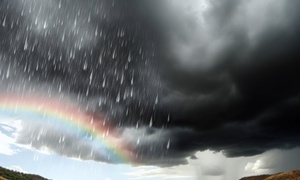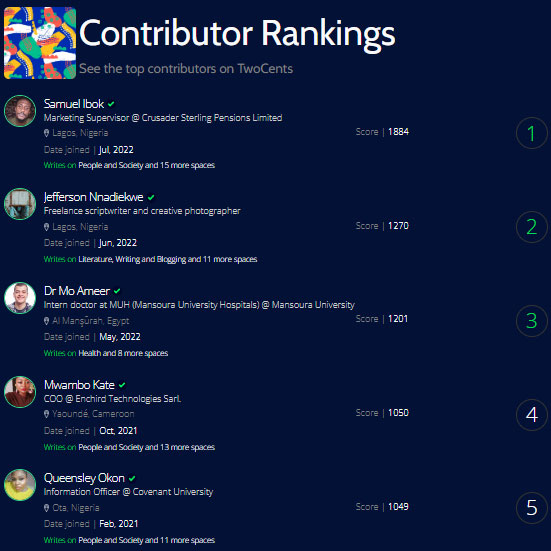Rahima Suleiman
Student @ Nasarawa State University
Roots of the earth
<p>Title: "Roots of the Earth"</p><p><br></p><p>Part One: The Seed</p><p><br></p><p>In a small village nestled between mountains and rivers, life moved with the rhythm of the seasons. The people of Kitala lived close to the land, tending their crops with calloused hands and reverent hearts. Among them was Amani, a quiet young woman who learned from her grandmother, Mama Wema, the ancient stories that whispered through the leaves and echoed in the wind.</p><p><br></p><p>Amani loved the earth, and the earth seemed to love her back. Plants she tended flourished. Animals followed her footsteps. But more than her connection with nature, Amani carried within her a deep patience and a quiet curiosity about the world beyond Kitala.</p><p><br></p><p>Mama Wema often told her, "Love is like the rain. You don’t command it, but when it falls, it feeds everything." Amani listened, not knowing that soon her heart would be tested.</p><p><br></p><p>Part Two: The Rain</p><p><br></p><p>One evening, a caravan arrived from the north. Traders bringing spices, silk, and stories. With them came Elias, a young man with eyes like the stormy sea and a voice full of songs. He noticed Amani at the market, where she sold herbs and wild honey.</p><p><br></p><p>Elias was full of questions and stories. He spoke of cities that kissed the sky, of machines that moved without animals, and of peoples whose languages sang like rivers. Amani found herself drawn to him, to his fire, his laughter, and his unfamiliar ways.</p><p><br></p><p>But as they grew closer, so did tensions in the village. Elders whispered of forgotten customs, of outsiders with too much power. Amani found herself torn between two loves: the steady, rooted love of her homeland, and the wild, growing love she felt for Elias.</p><p><br></p><p>Part Three: The Flood</p><p><br></p><p>A great storm came. Rain fell for days, flooding the valley. Fields drowned. Homes collapsed. In the chaos, secrets came to light. Elias had not told Amani everything. He was not just a trader—he was a messenger, sent by a powerful merchant family seeking to claim land for plantations.</p><p><br></p><p>Heartbroken, Amani confronted him. "You see the beauty but not the soul of this place," she said.</p><p><br></p><p>Elias, ashamed and changed by his time in Kitala, chose to stay and help rebuild. He turned away from his mission, choosing love and atonement.</p><p><br></p><p>Part Four: The Tree</p><p><br></p><p>Years passed. The village healed. New crops grew. New songs were sung. Amani and Elias, after much trial, married beneath the sacred baobab tree, where roots reached deep and branches reached high.</p><p><br></p><p>Amani became a leader—respected not only for her wisdom, but for her ability to unite old ways with new understandings. Power, she learned, was not in dominance, but in care. In listening. In patience.</p><p><br></p><p>Their daughter, Nyota, ran through the same fields Amani once wandered, and listened to Mama Wema’s stories with wide eyes. The circle continued.</p><p><br></p><p>For life, like love and nature, does not end. It grows.</p><p><br></p><p><br></p><p>---</p><p><br></p><p>"Roots of the Earth" is a novel about the slow, powerful growth of love and culture, about how people can change each other, and about the eternal strength found in patience, roots, and the rhythm of the natural world.</p><p><br></p><p><br></p><p><br></p>
Other insights from Rahima Suleiman
Referral Earning
Points-to-Coupons
Insights for you.




 58
58



















































Comments